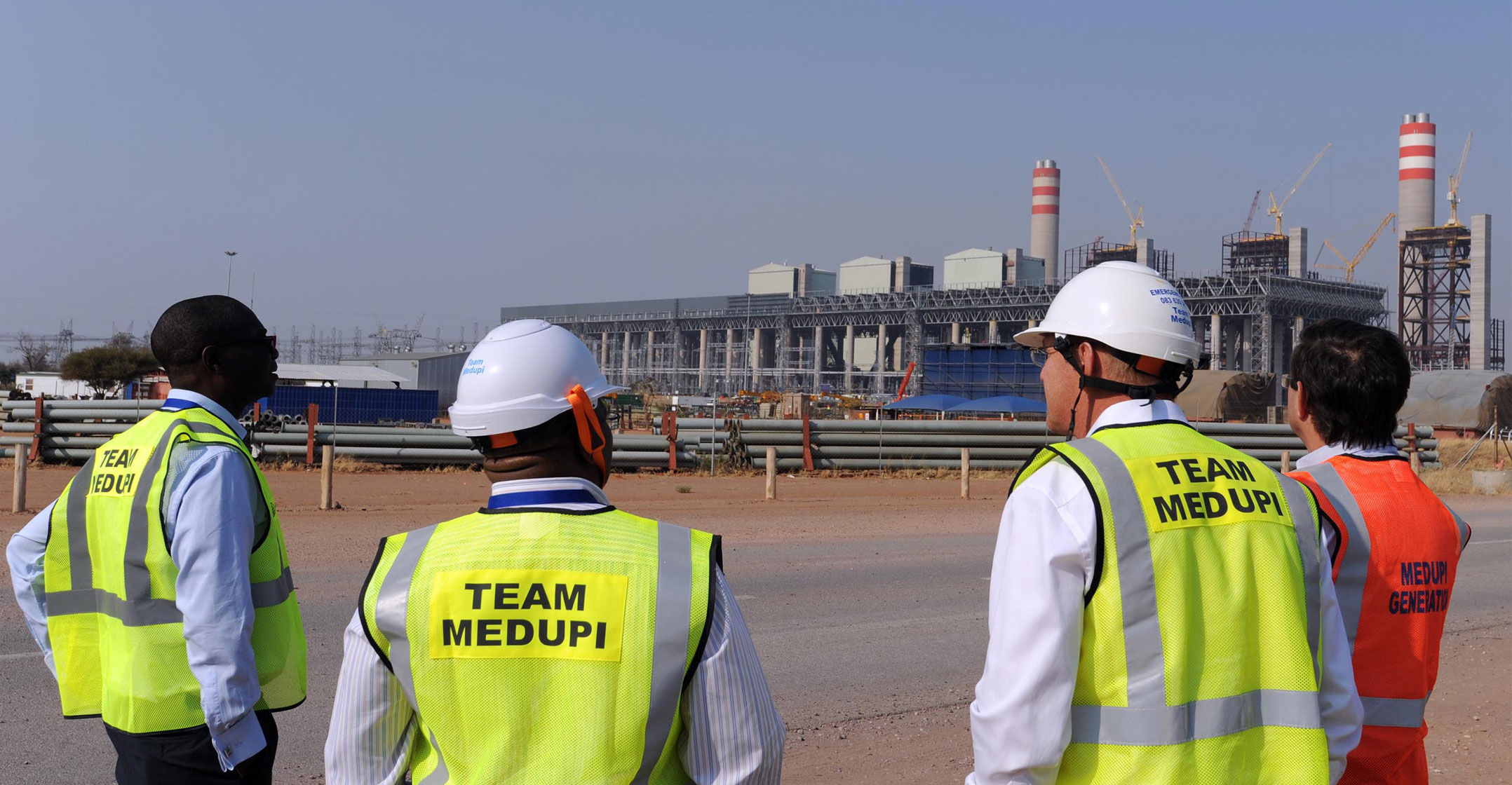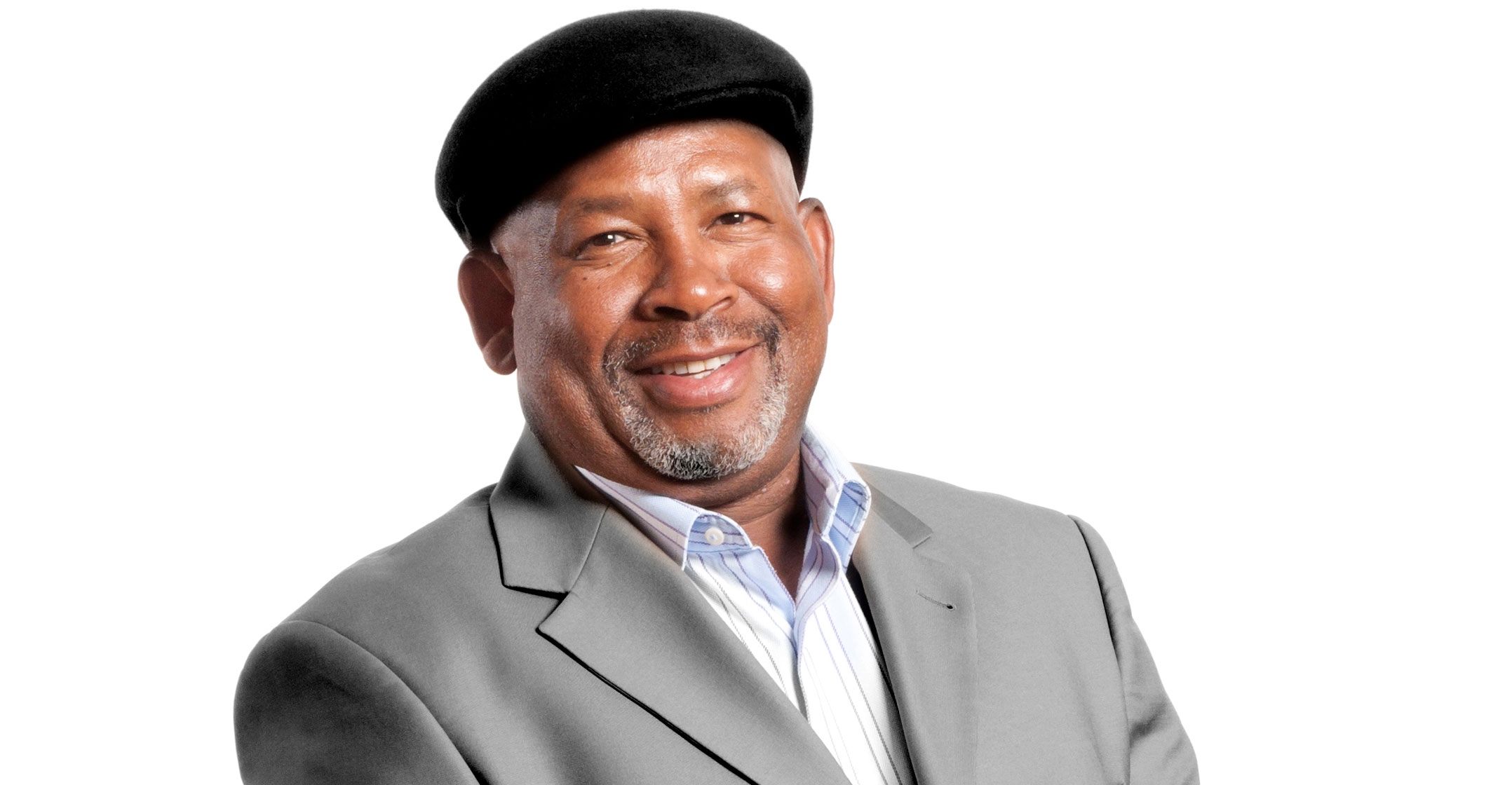
Eskom should consider selling two coal-fired plants that rank among the world’s biggest to repair the state-owned utility’s finances, according to the head of South Africa’s biggest bank by market value.
The supplier of almost all of South Africa’s power is being battered by declining sales, high fixed costs, surging debt and unplanned outages that are holding back economic growth. Its two new power plants, Medupi and Kusile, are still unfinished after a decade of construction. Combined, Eskom estimates they’ve cost R292.5-billion to build.
The plants are “shiny new” assets that “you would find private-investor capital for, whether that’s local capital or offshore capital,” said FirstRand CEO Alan Pullinger in an interview with Bloomberg. “There are big energy investors that would probably look to invest in those assets.”
Selling the plants would be made difficult if a list of conditions were imposed by the government, such as blocking job cuts, added the CEO, who once headed FirstRand’s investment banking unit, Rand Merchant Bank. It may also want to contemplate separating the generation of electricity from transmission to invite independent producers to feed into its grid, he said. The utility would have to fix its capital structure and address its cost base through a restructuring exercise, Pullinger said.
Eskom chairman Jabu Mabuza has said that asset sales aren’t an option for the utility, because the “only assets we can sell, no one will buy”. The government hasn’t made any decision to privatise the company, public enterprises minister Pravin Gordhan said on Thursday. Most of Eskom’s other plants are old and costly to run.
Debt mountain
Eskom has racked up R419-billion in debt — a quarter of the government’s forecast total expenditure for fiscal 2019 — that it’s battling to repay. The utility is engaging several stakeholders, including the state, on various proposals, one of which includes getting the state to take over R100-billion rand of its borrowings. Labour unions have rejected previous proposals to reduce its 47 000-strong workforce.
“There is no way for Eskom to grow into its debt,” Pullinger said. “It’s got to be fixed,” because Eskom’s woes and the lack of reliable energy supply are “a massive constraint to growth.”
The Johannesburg-based company poses the biggest credit risk to South Africa, according to S&P Global Ratings.

Eskom has begun implementing rolling power cuts to manage demand as it battles to pay for maintenance at some of its plants. In recent years, it has suffered a decline in sales that has pushed demand to a decade low as consumers turn to alternative power sources amid blackouts, and the emergence of new technologies such as solar panels. Medupi and Kusile were supposed to be fully operational in 2015 to address shortages.
Any asset sales by Eskom would likely be opposed by labour unions, who have publicly stated their opposition to privatisation.
“The only workable solution is to break up Eskom and to sell off certain assets, such as the new mega power plants,” said Darias Jonker, director for Africa at Eurasia Group. “This latter option is particularly politically sensitive, and is thus unlikely to happen.”
Eskom’s proposal to transfer debt to the government may also trigger further ratings agency downgrades, he said.
“Eskom is pushing the government towards a fiscal crisis either way, and this is likely to happen sometime between 2022 and 2026, and thus could coincide with the 2024 election,” Jonker said. — Reported by Roxanne Henderson, Antony Sguazzin and Gordon Bell, with assistance from Paul Burkhardt, (c) 2018 Bloomberg LP




